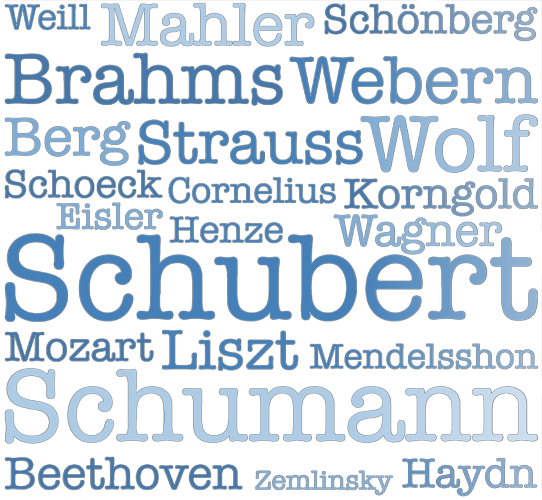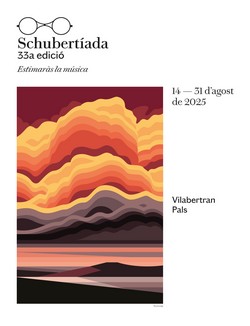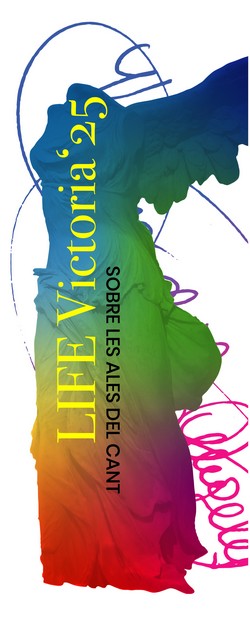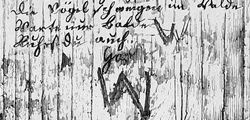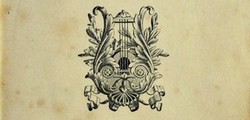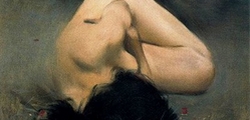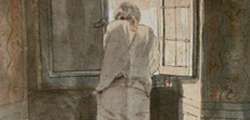- Details

A few months ago, I told you of a talk about Winterreise at the Wagner Club Barcelona. Inés, a lady who attended that talk, wrote me to confirm something that I had commented back then: that one of the songs, Der Lindenbaum, had transcended the cycle and became a traditional song, a song that children used to sing when they went on an excursion. In fact, I hardly convinced once a German lady more fond of excursions than of Lied that Schubert didn't harmonize that song, but composed it [...]
- Details
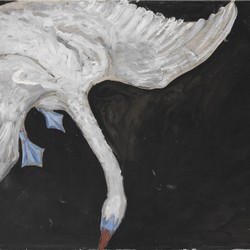
The painter Wilhelm Hensel, his wife Fanny, composer, née Mendelssohn, and his nine-year-old son Sebastian left Leipzig on 4 September 1839 towards Italy. The journey was for him up to a certain point a business one, and for the whole family was the opportunity to discover a new and fascinating country. They arrived in Milan on the 30th, and from there they travelled to Venice, Florence, Rome, and Naples. Wilhelm continued [...]
- Details
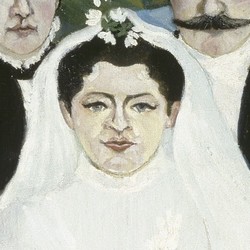
During the years 1898-1899, linguist Hubert Pernot and composer Paul Le Flem made a scientific journey to the island of Chios, at that time still under Ottoman rule; it was most likely the first approach to Greek ethnomusicology, and both men returned to Paris with a hundred songs recorded in wax cylinders; the first edition of the songs, transcribed by Le Flem, were published in 1902.
- Details

This year we celebrate the 30th Schubertíada with a generous programme in many ways: the number of concerts, the quality of the artists, the variety of programmes and even in its extension. The Schubertíada Vilabertran will take place from 11 August until 28 August; among the twenty-three concerts, I'm focusing on the sixteen song recitals. As you see, there are many of them; I don't know how I'm going to organize the usual review in August… But, for now, I should try to organize myself to [...]
- Details

Wikipedia is an internet portal well known to any web user. Its publishing side is also well known, that is, the ability of any user to edit its content. However, there are fewer users who dare. Today we want to present you a wikipedian project, of interest to Lieder lovers, which, in addition to promoting the spread of Lied in the Catalan Countries, will allow you to enter the world of editing the Wikipedia. This is the Viquiprojecte Lieder.

